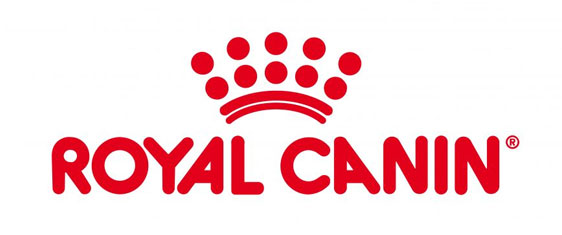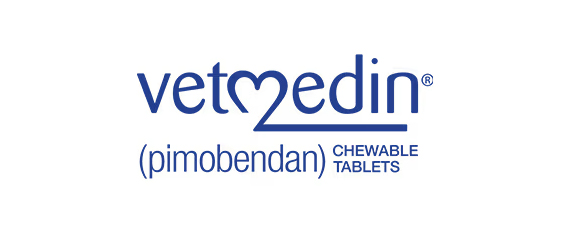Cushing's Disease in Dogs and Cats
Doctor of Veterinary Medicine

While efforts are made to answer all questions as quickly as possible, if an immediate answer is required or if your pet is in need of urgent or emergency care, contact your pet's veterinarian immediately.
Doctor of Veterinary Medicine

You will receive an answer from Dr. Lindsay and our vet/tech team as soon as possible, usually the same day.
All answers are provided for informational or educational purposes only, and are intended to be a supplement to, and not a substitute for, the expertise and professional judgment of your pet's veterinarian.
It may be necessary to consult your pet's veterinarian regarding the applicability of any opinions or recommendations with respect to your pet's symptoms or medical condition.
CloseDoctor of Veterinary Medicine

An error has occurred, please reload the page and try again.
CloseWhile efforts are made to answer all questions as quickly as possible, if an immediate answer is required or if your pet is in need of urgent or emergency care, contact your pet's veterinarian immediately.
There is no answer related to your question
What is Cushing's disease?
Cushing's disease in dogs and cats is an excess of cortisol, the hormone normally released by the adrenal glands when pets are stressed. Cushing's disease is also called hyperadrenocorticism
Key facts about Cushing's disease in dogs and cats
- Pets with Cushing's disease are stressed mentally & physically.
- Bald patches and skin disease are often the first symptoms.
- Cushing's disease generally requires lifelong treatment.
What causes Cushing's disease?
Cushing's disease can be caused by the steroid medications we give a pet, by brain dysfunction, or by adrenal dysfunction. The most common cause is the giving of steroids to control inflammation. When Cushing's disease is caused by the steroids we give pets, it is called iatrogenic Cushing's disease. Usually iatrogenic Cushing's disease resolves when steroids are stopped.
Other pets will have Cushing's disease due to a problem with the pituitary gland, which sits deep in the brain behind the eyes. Either the pituitary receives the wrong message from the hypothalamus, or the pituitary spontaneously begins secreting too much of the hormone (adrenocorticotrophic hormone or ACTH) that stimulates the adrenal glands.
Which pets are most at risk for developing Cushing's disease?
Among the dog breeds genetically predisposed to develop Cushing's disease are poodles, dachshunds, and terriers. Cats also develop Cushing's disease, but there is no breed predisposition.
- Poodles
- Dachshunds
- Terriers
Why is Cushing's disease bad for my pet?
Cushing's disease affects your pet's entire body. It raises blood pressure, thins the skin, causes hair to fall out, and makes the immune system less effective at fighting disease. The liver swells, the muscles become weak, the testicles shrink, and your pet develops pimples. In addition, he or she may pant, and may develop facial nerve palsy. Fortunately, Cushing's disease is treatable.
Switching your pet's food to homemade diets or quality pet food can help maintain your pet's overall health.

































